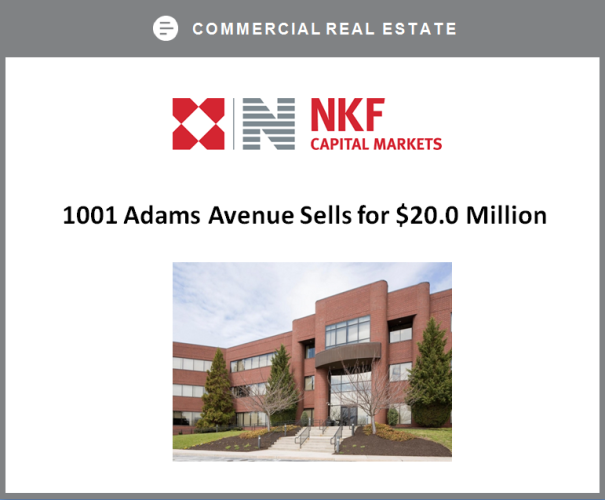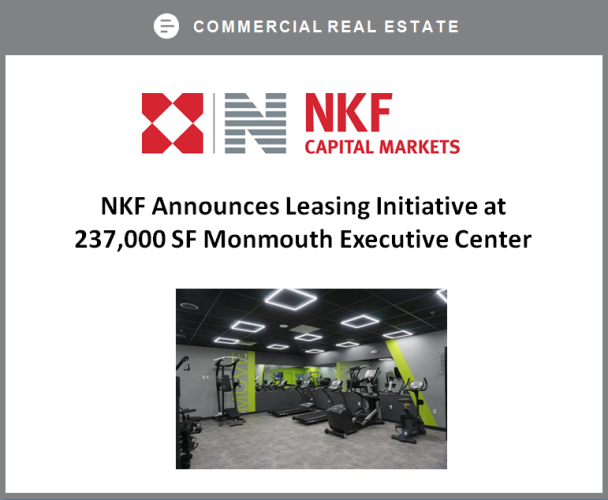PITTSBURGH--(BUSINESS WIRE)--The Federal Home Loan Bank of Pittsburgh announced today unaudited financial results for full year and fourth quarter of 2020. FHLBank recorded net income of $210.4 million for the year 2020 and $56.8 million for the fourth quarter. The Board of Directors declared dividends of 5.75% annualized on activity stock and 2.50% annualized on membership stock. Dividends are payable to stockholders on Feb. 23, 2021.
“In 2020, the Bank dedicated itself to two priorities: 1) the health and safety of our team, and 2) commitment to our membership during an unprecedented year,” said Winthrop Watson, President and Chief Executive Officer. “Access to advances, letters of credit and our mortgage program are paramount to how we provide reliable, dedicated service to our members. While our advance balances continued to contract during the fourth quarter, in response to extraordinary liquidity from federal programs, letters of credit and mortgage volumes remained stable.”
Highlights for 2020 include:
- Net income of $210.4 million
- Net interest income of $364.7 million
- Advances at $25.0 billion
- Letters of credit at $19.7 billion
- Retained earnings at $1.4 billion
Operating Results
The Bank's net income for 2020 totaled $210.4 million, compared to $316.9 million for 2019. This $106.5 million decrease was primarily driven by lower net interest income and lower other noninterest income. Overall 2020 performance allowed the Bank to set aside $25.2 million for affordable housing programs.
Net interest income was $364.7 million for 2020, a decline of $89.1 million from $453.8 million in 2019 and was primarily driven by the following:
- Interest income was $1.1 billion for 2020, compared with $2.7 billion for 2019. The decrease was the result of lower average advance balances as well as lower yields on interest-earning assets driven by lower short-term interest rates.
- Interest income also included net prepayment fees on advances of $39.9 million for 2020, compared with $10.2 million for 2019.
- Interest expense was $729.0 million for 2020, compared with $2.2 billion in the same prior-year period. The decrease was primarily the result of lower average consolidated obligation (CO) balances as well as lower rates paid, which were driven by lower short-term interest rates.
Other noninterest income was a loss of $19.2 million in 2020, compared with income of $3.0 million in the same prior-year period. The decrease in other noninterest income was the result of higher net losses on derivatives and hedging activities, partially offset by higher net gains on investment securities.
For the fourth quarter of 2020, net income was $56.8 million, a decrease of $24.1 million compared to $80.9 million in the fourth quarter of 2019. The decline in net income was primarily due to lower net interest income and lower other noninterest income, which was partially offset by a decrease in other expenses.
Net interest income was $82.0 million for the fourth quarter of 2020, a decline of $22.2 million from $104.2 million in fourth quarter of 2019 and was primarily driven by the following:
- Interest income was $157.6 million for the fourth quarter of 2020, compared with $560.5 million for the fourth quarter of 2019. The decrease was the result of lower average interest-earning asset balances as well as lower yields driven by lower short-term interest rates.
- Interest income also included net prepayment fees on advances of $22.9 million for the fourth quarter of 2020, compared with $1.2 million for the fourth quarter of 2019.
- Interest expense was $75.6 million for the fourth quarter of 2020, compared with $456.3 million in the same prior-year period. The decrease was primarily the result of lower average consolidated obligation (CO) balances as well as lower rates paid, which were driven by lower short-term interest rates.
Other noninterest income was $6.9 million in the fourth quarter of 2020, compared with $17.0 million in the same prior-year period. The decrease in other noninterest income was the result of lower net gains on derivatives and hedging activities and higher net losses on investment securities. Total other expenses were $26.8 million in the fourth quarter of 2020, compared with $31.1 million in the same prior-year period. The decrease was primarily due to the timing of the Bank's contribution to its Home4Good program.
Balance Sheet Highlights
At Dec. 31, 2020, total assets were $47.7 billion, compared with $95.7 billion at Dec. 31, 2019. The $48.0 billion decrease was primarily due to advances and investments. Advances totaled $25.0 billion at Dec. 31, 2020, compared to $65.6 billion at year-end 2019. After a significant increase in first quarter advances that corresponded with member needs, new federal government liquidity programs took hold during the remainder of the year, which contributed to higher deposits at our members and decreased advance levels for the FHLBank. Total investments were $16.5 billion at Dec. 31, 2020, compared to $24.6 billion at year-end 2019. The decline was primarily due to decreased liquidity needs and paydowns on agency mortgage-backed securities.
Total capital at Dec. 31, 2020, was $3.0 billion, compared to $4.5 billion at Dec. 31, 2019. The decline is primarily due to the decreased demand for advances from the Bank's members. Total retained earnings at Dec. 31, 2020, was $1.4 billion, relatively unchanged from year-end 2019, and included $457.4 million of restricted retained earnings compared with $415.3 million of restricted retained earnings at Dec. 31, 2019. At Dec. 31, 2020, FHLBank had total regulatory capital of $3.2 billion and remained in compliance with all regulatory capital requirements.
The Board of Directors declared a dividend on subclass B2 (activity) stock equal to an annual yield of 5.75% and a dividend on subclass B1 (membership) stock equal to an annual yield of 2.50%. These dividends will be calculated on stockholders’ average stock balances during the period Oct. 1, 2020, to Dec. 31, 2020, and credited to stockholders’ accounts on Feb. 23, 2021.
Detailed financial information regarding 2020 results will be available in FHLBank’s 2020 Annual Report on Form 10-K, which FHLBank anticipates filing no later than March 23, 2021.
Impact of COVID-19 on Operations and Financial Condition
During continued COVID-19 uncertainty, executive leadership and FHLBank’s Board of Directors have remained focused on the health and safety of our staff and being a reliable, readily available liquidity provider for our members. As an essential business, FHLBank has remained fully operational during the pandemic. During 2020, FHLBank continued to operate effectively with most staff working remote. FHLBank continues to monitor guidance from government authorities to determine in what manner staff are able to work in our office locations. The Bank will also be focusing on supporting the communities that our members serve and maintaining an open dialogue with members, particularly as it relates to credit management.
FHLBank’s 2019 Annual Report on Form 10-K and the Quarterly Reports on Form 10-Q for the quarters ending March 31, June 30, and Sept. 30, 2020, outlined several potential drivers of lower performance in 2020, including lower interest rates, increasing operating expenses, and a change in FHLBank’s operating landscape as a result of legislative and regulatory actions. As reported at the end of the first quarter, advance levels in March 2020 increased when the pandemic was first impacting the economy. During the remaining part of 2020, deposits at our members increased and advances subsequently declined as a result of U.S. Treasury and Federal Reserve actions to stimulate the economy. The FHLBank also operated in a lower interest rate environment and experienced a modest increase in operating expenses. FHLBank is well-capitalized with significant retained earnings.
FHLBank monitors member credit quality on a regular basis. To date, deterioration in member credit quality has not been material. Given, however, the current economic environment (pandemic-related business limitations, unemployment levels and increases in loan forbearance and delinquencies) as well as lower interest rates, we anticipate associated deterioration in member credit quality, particularly should such conditions persist beyond 2021 and without further federal stimulus.
Expected prolonged low interest rates will likely result in lower net income. Paydown of the high-yielding mortgage-backed securities and Mortgage Partnership Finance® (MPF®) Program portfolios could also weigh on financial performance. Given present economic and market conditions, FHLBank will continue to monitor member credit quality and prudently manage operating expenses.
About FHLBank Pittsburgh
FHLBank Pittsburgh provides reliable funding and liquidity to its member financial institutions, which include commercial and savings banks, community development financial institutions, credit unions and insurance companies in Delaware, Pennsylvania and West Virginia. FHLBank products and resources help support community lending, housing and economic development. As one of 11 Federal Home Loan Banks established by Congress, FHLBank has been an integral and reliable part of the financial system since 1932. Learn more by visiting www.fhlb-pgh.com.






